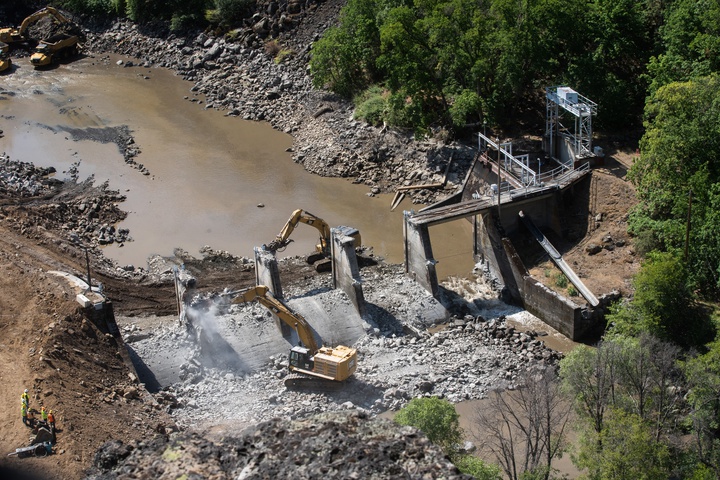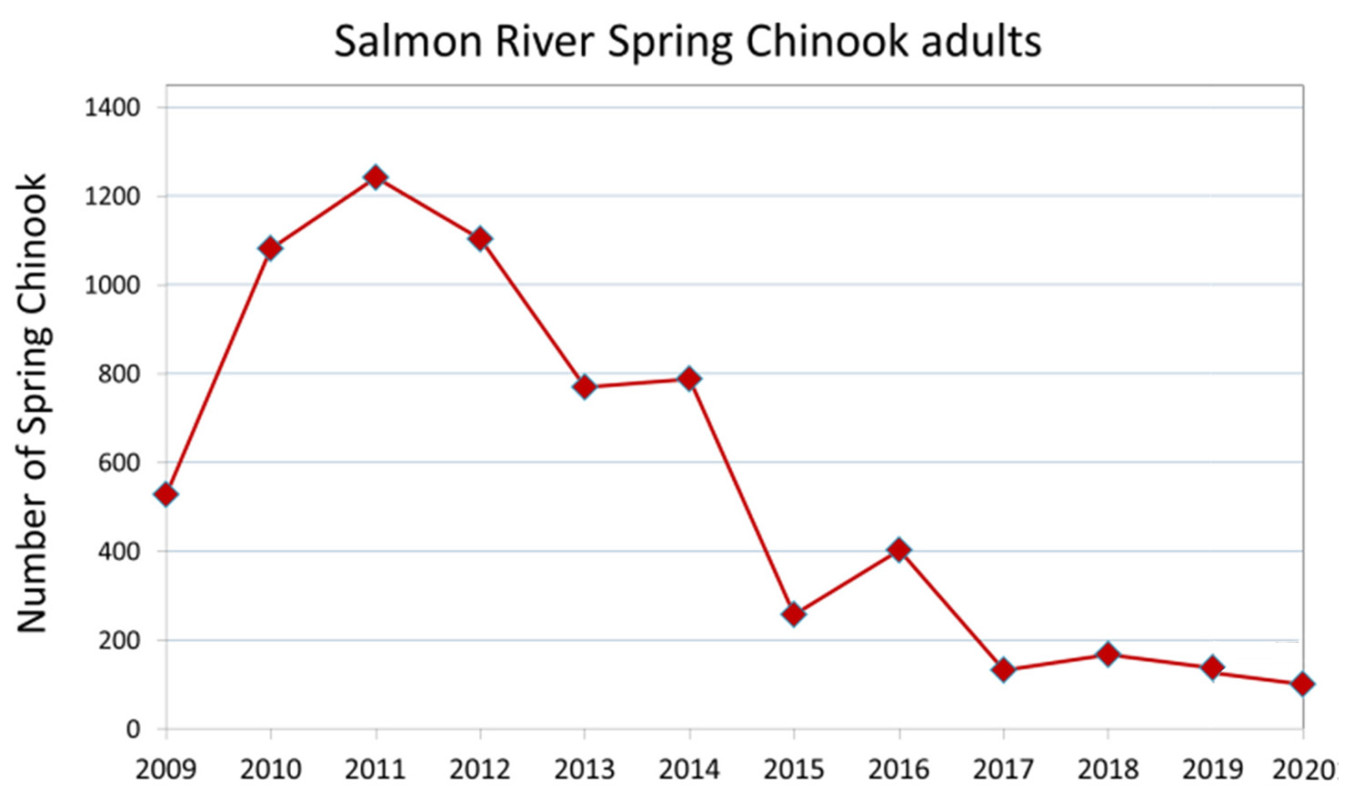 The Klamath Dam at the Oregon-California border has played a pivotal role since 1918, providing power to more than 70,000 households each year!
The Klamath Dam at the Oregon-California border has played a pivotal role since 1918, providing power to more than 70,000 households each year!
The Klamath River Dam Project sits on the second-largest river in the state of California and was authorized by the federal government in 1905. Additionally, the dam formed a reservoir that provided irrigation and a natural safeguard against wildfires in the high-risk region.
However, in the past few decades, the Klamath Dam has become a major hindrance to the local environment.
The dam’s impact is so profound that local indigenous tribal activists from the Yurok and the Hoopa Tribes became committed to fighting for the dam’s removal in the late 1990s. The health of the Klamath River is necessary for the indigenous cultures, and the fish that nourish the many local tribes. Moreover, the fish are crucial to upholding the balance of the river’s ecosystem.
Klamath Dam’s Impacts
 According to Amy Cordalis, a Yurok Tribe member, the Klamath Dam represents the “core American value that nature is here to serve humans, at whatever cost to nature ”. This mindset caused the Klamath River to suffer decades of harmful consequences.
According to Amy Cordalis, a Yurok Tribe member, the Klamath Dam represents the “core American value that nature is here to serve humans, at whatever cost to nature ”. This mindset caused the Klamath River to suffer decades of harmful consequences.
The most apparent ecological impact of the Klamath Dam was its chokehold on local fish populations. During 2023, the local salmon run was predicted to be the second lowest on record since 1978!
The major decline in local salmon populations is due to the dam’s four gates which prevent fish from accessing their natural migration routes. The effects on local salmon populations, however, are nothing new; and in the late 20th century the ramifications of interrupting the river’s flow began to show.
In the 2002 Chinook Salmon Crisis, approximately 70,000 salmon were killed after the federal government siphoned water from the Klamath Dam. This crisis heavily disrupted the local environment. Also contributing to a dwindling salmon population, the dam’s irrigation reservoirs began to stagnate. Stagnation is detrimental to water quality and oxygen content, and negatively impacts salmon populations by making conditions unlivable.
Klamath Dam’s Removal
 Fortunately, the Klamath Dam’s removal process began in 2016, initiated through the creation of the Klamath River Renewal Corporation (KRCC). KRCC was tasked with removing the dam in its entirety, promising a wide range of ecological benefits.
Fortunately, the Klamath Dam’s removal process began in 2016, initiated through the creation of the Klamath River Renewal Corporation (KRCC). KRCC was tasked with removing the dam in its entirety, promising a wide range of ecological benefits.
With the dam’s removal, more than 400 miles of Chinook and Coho salmon habitats are projected to be restored. Estimates suggest that as much as 80% of Chinook Salmon could return to the river’s basin within 30 years.
Moreover, the removal of the dam has other positive impacts on the ecosystem -- it lowers temperatures and reduces algal blooms, thereby improving water quality and restoring more habitat for local fish populations. As populations rebound, commercial and recreational fishing will increase, promoting local tourism and other economic drivers.
The removal of the Klamath Dam, finally completed last week, displays the potential to correct the adverse effects of dams across the country. Similar to the Klamath River, dam removals on the Penobscot and Elwha Rivers have illustrated the rapid recovery of local fish populations.
Ultimately, the removal of the Klamath Dam serves as an environmental boon for local indigenous tribes. After decades of environmental degradation, the Klamath region is destined for a prosperous future.
Sources: NPR, AmericanRivers.org, AlJazeera, watereducation.org






